
Scrap premiums in southern US highlight shift
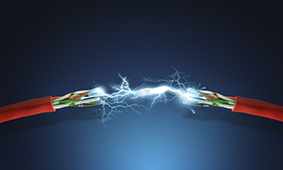
Average scrap prices in the US south outpaced prices in the US Midwest across all scrap grades in November. Prices in the US south include: Birmingham, Alabama; North and South Carolina; and the northeast region of Arkansas. Prices in the US Midwest include: Chicago, Illinois; Detroit, Michigan; St Louis, Missouri; Cincinnati, Ohio; and Indianapolis, Indiana.
Domestic mills in the south paid a $25/gt premium for #1 busheling, a $29/gt premium for #1 HMS and a $18/gt premium in November compared to delivered prices paid in the north, according to Argus assessments.
Premiums for the all three scrap grades surged to or beyond one-year highs in November and mark a wider trend in the differentials between both regions over the second half of 2019 as southern demand outpaces the north.
Aside from a one-month contraction in the premium for shredded scrap in September, #1 busheling, #1 HMS and shredded scrap in the south have traded above prices in the north since June.
The swing aligns with shifts in US raw steel production across both regions in recent months.
The south's overall percentage of total US production surpassed 40pc in November compared to an average share of 37pc over the last three years, according to the American Iron and Steel Institute (AISI).
Similarly, the overall percentage of steel production held by a combination of the Midwest and Great Lakes regions has drifted lower since June, falling by nearly 2pc in November from a three-year average of 47pc.
AISI's raw steel production tonnage, which is estimated and compiled using weekly data provided by 50pc of domestic producers and monthly data for the remainder, for the Midwest and Great Lakes region between June and November increased by 2.8pc compared to the same period last year, while output in the south rose at a slower clip of 2.4pc in the same comparison.
The shifting landscape will likely become more exaggerated in the coming years as steelmakers such as Steel Dynamics (SDI), Nucor, US Steel, Big River Steel and North Star Bluescope invest heavily in expansions in the wake of the US imposing a 25pc tariff on steel imports in March 2018.
The south is poised to see accelerated demand for raw materials.
By 2022, Missouri, Florida, Alabama, Texas, Arkansas and Kentucky could see more than 9.75mn t/yr of steelmaking capacity brought online through various rebar, tubular, sheet and plate mill projects.
With access to US Gulf and various riverways, the south will continue to be positioned to consume from both domestic and offshore sources.
The northern US has so far only seen limited plans for electric arc furnace (EAF) expansion compared to the south with one of the most notable projects for the region North Star BlueScope's planned expansion of its Delta, Ohio, mill, which will add 850,000 st/yr in 2022.
Meanwhile, JSW's Mingo Junction, Ohio-based EAF reopened in December 2018, after the mill was shuttered in 2009. The mill produced 80,000st in the first quarter 2019, running at rates far below its 1.5mn st/yr capacity due to operational issues.


Codelco seeks restart at Chilean copper mine after collapse

Hudbay snags $600M investment for Arizona copper project
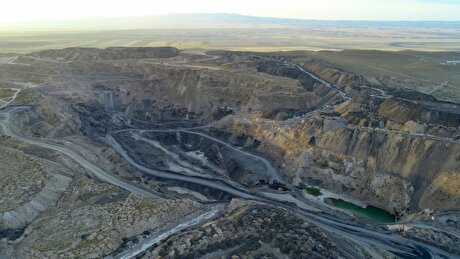
Uzbek gold miner said to eye $20 billion value in dual listing
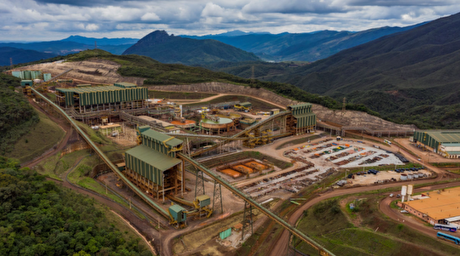
BHP, Vale offer $1.4 billion settlement in UK lawsuit over Brazil dam disaster, FT reports

Peabody–Anglo $3.8B coal deal on the brink after mine fire

A global market based on gold bars shudders on tariff threat
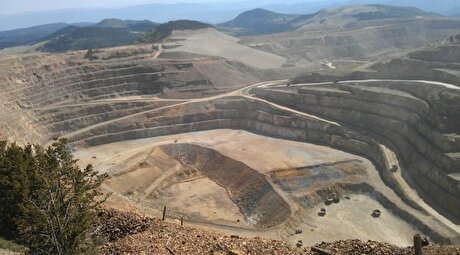
SSR Mining soars on Q2 earnings beat
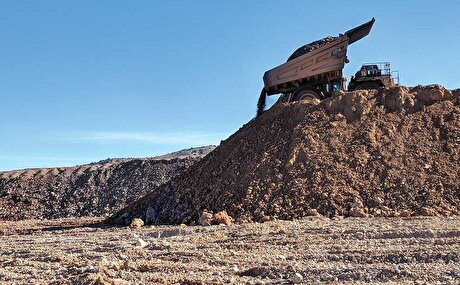
Minera Alamos buys Equinox’s Nevada assets for $115M

Century Aluminum to invest $50M in Mt. Holly smelter restart in South Carolina
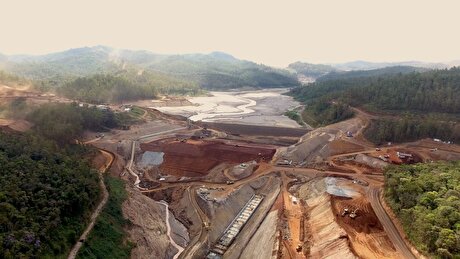
Samarco gets court approval to exit bankruptcy proceedings
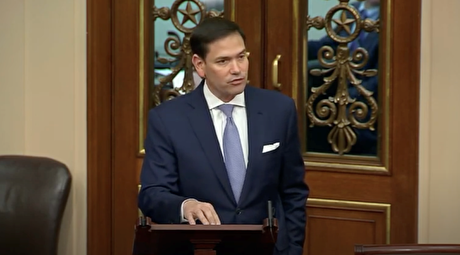
US eyes minerals cooperation in province home to Reko Diq
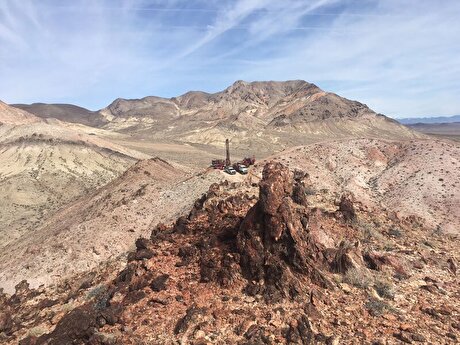
Allegiant Gold soars on 50% financing upsize

Explaining the iron ore grade shift

Metal markets hold steady as Trump-Putin meeting begins

Trump to offer Russia access to minerals for peace in Ukraine

Gemfields sells Fabergé luxury brand for $50 million

Gold price stays flat following July inflation data
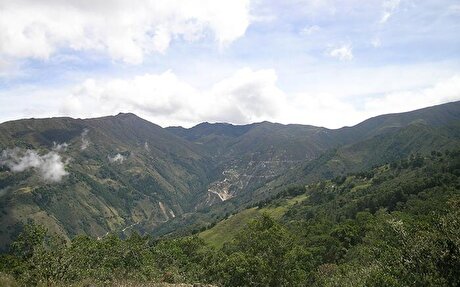
Eco Oro seeks annulment of tribunal damage ruling
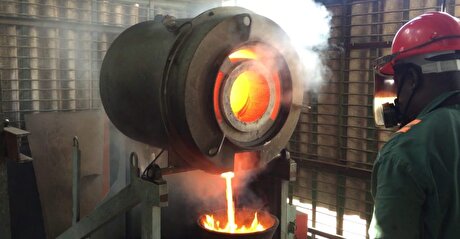
Zimbabwe labs overwhelmed as gold rally spurs exploration, miner says

Samarco gets court approval to exit bankruptcy proceedings

US eyes minerals cooperation in province home to Reko Diq

Allegiant Gold soars on 50% financing upsize

Explaining the iron ore grade shift

Metal markets hold steady as Trump-Putin meeting begins

Trump to offer Russia access to minerals for peace in Ukraine

Gemfields sells Fabergé luxury brand for $50 million

Gold price stays flat following July inflation data

Eco Oro seeks annulment of tribunal damage ruling














